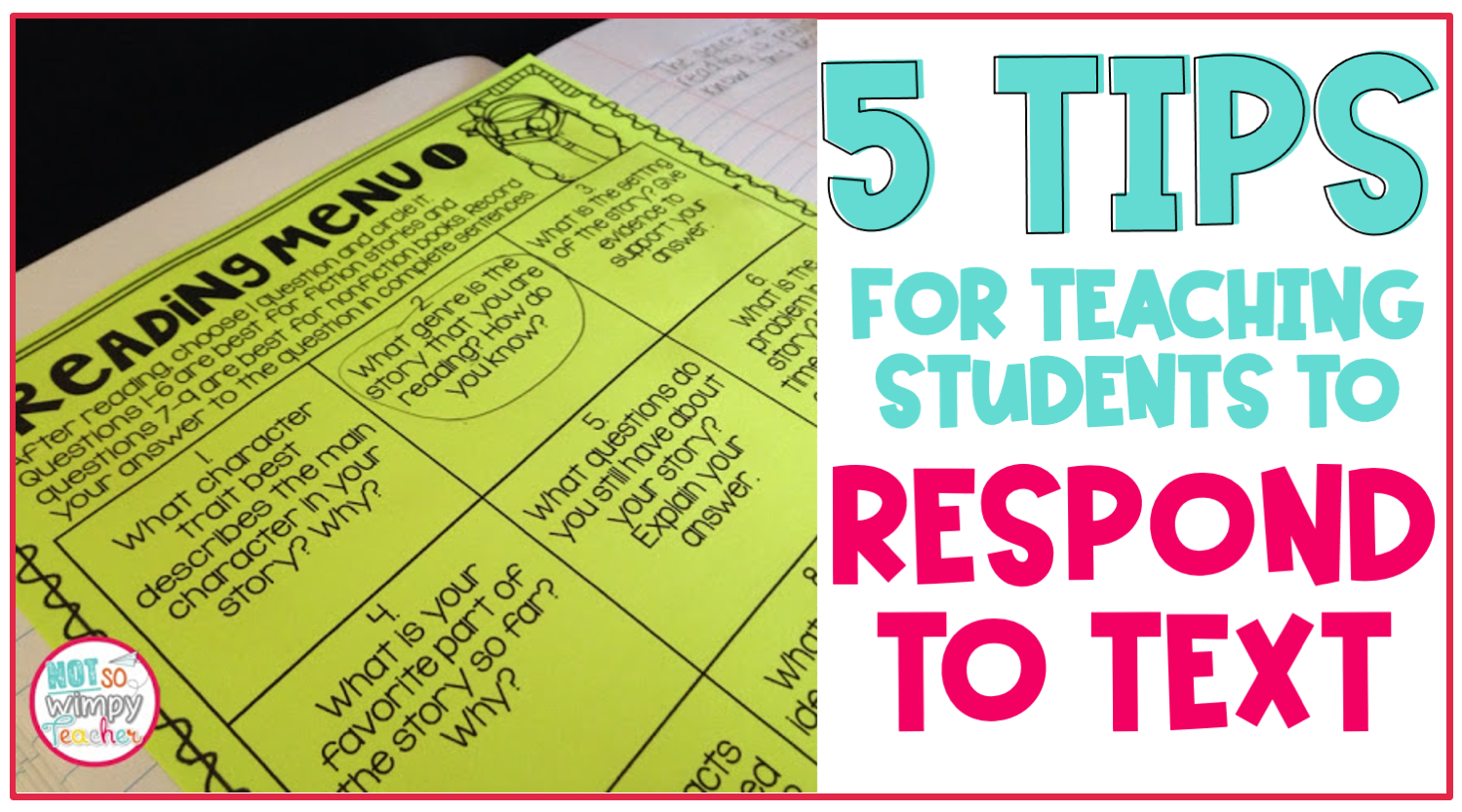
New standards make it more important than ever before that we teach students to thoughtfully respond to text in writing. Having the ability to write about the text shows a deeper understanding of the material and allows teachers to integrate reading, writing and language. But there is NOTHING EASY about teaching students to respond to text!
Every time I would give my students a reading response assignment, I would cry when I saw their work. The wailing with big, fat tears kind of crying. Seriously. This is a third grade response…
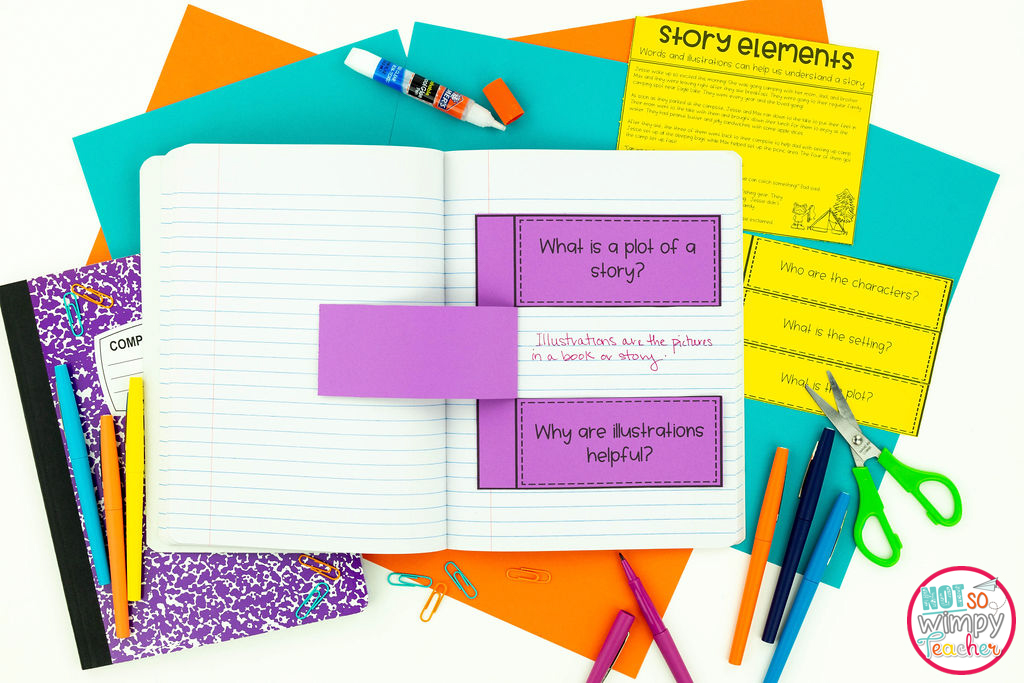
This is nothing like I pictured it in my mind! Where are the complete sentences with proper capitalization and punctuation? Where is the text evidence? Where is the evidence that the child even read the text? Can we spell words correctly that are right in the question???!
After several disappointing attempts at reading response, I knew that I needed to spend more time teaching students HOW to write about text. It has made a HUGE impact on the quality of my student work and I am crying far less! Here are five tips that helped me to teach my students to respond to text.
Model Responding to Texts
I learned the hard way that teaching a student to respond to text takes much more than one mini lesson. I now use the gradual release model.
I Do (Whole Group)
I first model responding to reading with my whole group. I use a class read aloud so that every student knows the text/story. I do not give students any paper. I even like to pull them to the carpet so that they aren’t as distracted. I model the entire process while thinking out loud. Students will listen to me as I talk about finding my text evidence. They will hear how I start writing my answer using part of the question. I will talk about how I am extending the response with some of my own thinking and/or examples. And finally, they will watch as I edit and make corrections that improve my work. When I am done, I ask students to share what they noticed. You can create a class list of the things that the teacher did to make the best possible writing.
I have found the greatest success with my third graders, when I do this type of modeling for a complete week. Yup. A week!
We Do (Small Group)
Once students have seen you respond to texts at least a handful of times, it is time for them to start practicing. They still need guidance and reminders so I like to do this practice in our small guided reading groups. As a group, we can read the question and work to find the evidence in the text. As a group, we can write our evidence in complete sentences, extend it and edit.

After a few times doing it as a group, you might have shoulder partners work together in the reading group. Then you can have each partnership share their answer. As a group, you can talk about what you like about their response and what could be improved.
You Do (Independent)
After students have had sufficient practice with groups and partners, it is finally time for them to complete a response on their own. Encourage students to use the examples from their reading groups to help them to write their independent reading response.
Provide Choice when Responding to Texts
I have learned the hard way that my students are more engaged and perform at a higher level when I give them as much choice in their reading response activities.
Choice in Text
I used to require students to respond to the weekly story in our reading textbook. The responses were terrible. And honestly, I got so bored of reading the same respond to texts over and over. Now I allow my students to choose to read any book that they want. Sometimes they read a book a little below their level and other times they choose a book above their level. Since it is a book they are interested in, they are more engaged and motivated. They work harder to understand the text and are more willing to go back and look for evidence. Students will read from their chosen book during our read to self center.
Choice in Response Questions
I used to assign the questions that I wanted students to respond to. When I started allowing them to choose their own text, I saw that the assigned questions did not always work. I might be asking about character traits and a kiddo was reading an informational text about sharks. Maybe I would ask about their least favorite part of the book when the child was in love with the entire book. Or I was asking about the problem and solution when a student had only read the first chapter of their book. I realized that I needed to give them choices for questions so that they could choose one that was appropriate for their text. I immediately saw that students were more successful and took more ownership of their work. I now use Reading Menus for all of my reading response assignments. Students have nine choices of questions. Six of the choices are intended for fiction books and the other three work well with non-fiction text.
Provide Feedback
Students need immediate, meaningful and on-going feedback on any new skill. It takes time and time is something that none of us have much of. However, I have found ways to squeeze it in here and there.
Simple Rubrics
You are going to want to use a rubric to grade reading responses since you are looking for more than just a correct answer. Be certain that you are using a very simple rubric. This makes it easier for you when grading and it also makes it easier for students and parents to understand as well.
This rubric is included in my reading menu product.
I also included the same rubric directly on the response paper. This has helped me to be able to grade quickly and save paper!
Student Conferences
When we first start reading responses, I try to meet with every student to discuss their work and the rubric. It really only takes 2-3 minutes per student. It gives me an opportunity to explain the rubric, compliment areas that they did well, and offer suggestions for improvement. I like to pull a few kids during writing time, bell work or another time where students are working independently. Have the rubrics out on your table so that you can grab a student and work with them on a moments’ notice. I also find that this goes faster if you have the child read the response to you rather than trying to read it to yourself. This also helps me to see past spelling and handwriting to focus more on content.
Later, I only conference with students who are struggling. It takes a lot less time. If several students are struggling with the same skill, I can meet with them all at once for a little mini lesson.
Set Individual Goals
When I meet with individual or small groups of students, I like to give them one goal to focus on. The entire rubric can be overwhelming for some students. Having one goal can help them to practice a needed skill. I will give them a goal and then ask they they underline evidence of their goal in their next responding to texts practice. They are proving to me and themselves that they are meeting their goal. This strategy has helped my lowest readers and writers to be successful on reading response activities.
You can grab my goal setting sheet for FREE by clicking HERE.
Teach Self Assessment
I have found that teaching students how to self assess has increased the quality of the work my students are turning in. The end goal is to have students check over their work and turn in work that meets all of the set requirements. You can’t just tell them to check their work. You need to teach them HOW to check their work.
Practice with Rubrics
My students love to pretend to be the teacher. During a reading group, I will give them all a copy of a reading response (one that I did with intentional errors) and a copy of the rubric that I use. As a group, we will read the response and decide on the appropriate score using the rubric. I like to start discussions by asking things like, “What would the writer have had to do to get a better score for completion?” or “Why did you choose to give the writer a 2 for evidence?” This type of practice and discussion helps my writers to see just how I am grading them. Before they turn in their next response, I will remind them to look over the rubric (they keep a blank one in their notebooks and it’s on their response sheet). They will know how to do this with a more critical eye now.
Checklists
I have found that students LOVE to check things off of a list. (Honestly, I love to as well! I add things to my to do list just so that I can check it off.) I now add simple reminder checklists to the bottom of my reading response sheets.
If you start to see that a student is starting to just check things off of the list, but not actually doing the item in their writing- ask them to color code evidence. So if they check off that they used text evidence with a blue crayon- they need to underline the text evidence in blue. This helps to hold students more accountable when responding to texts.
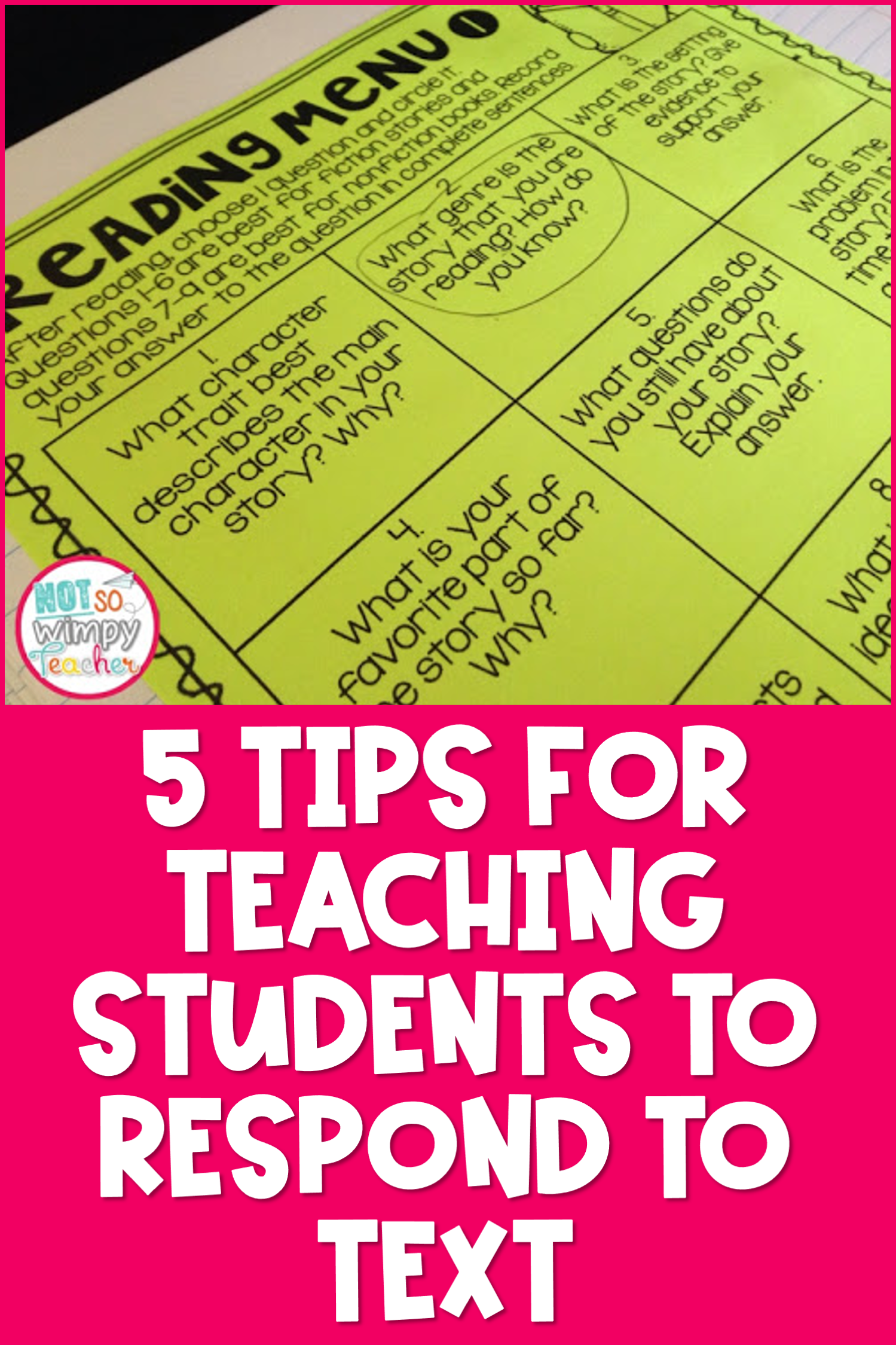


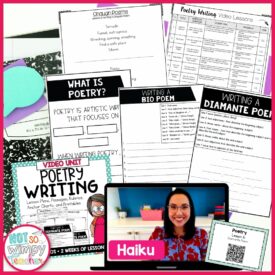
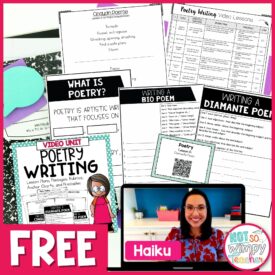

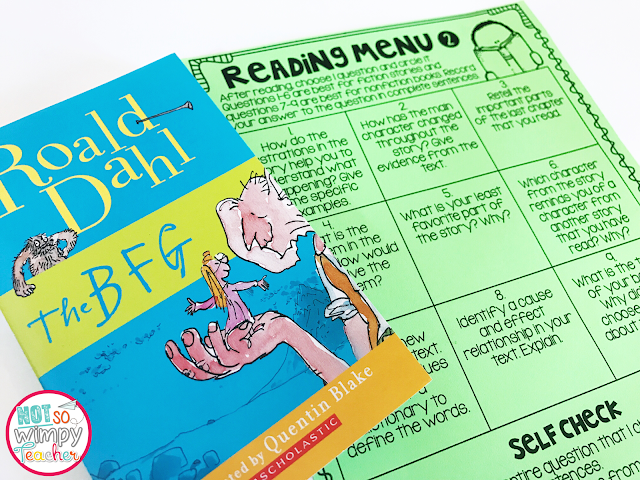
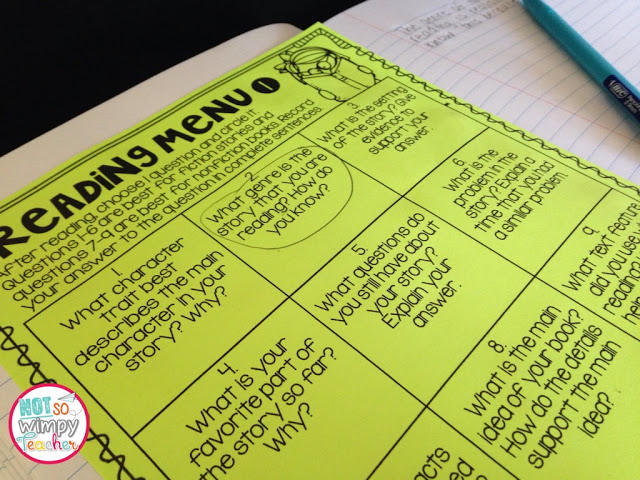
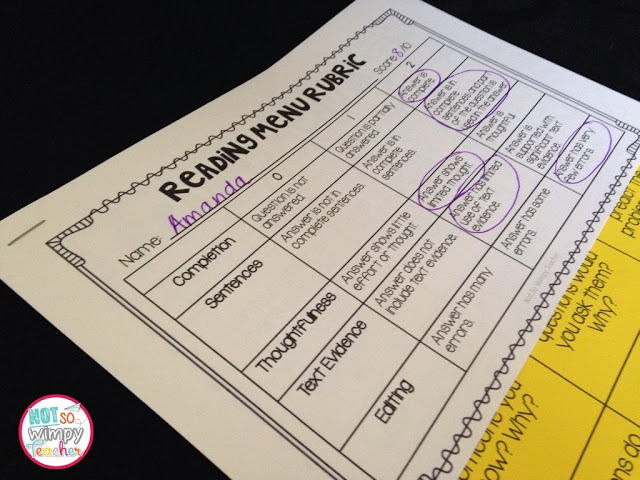
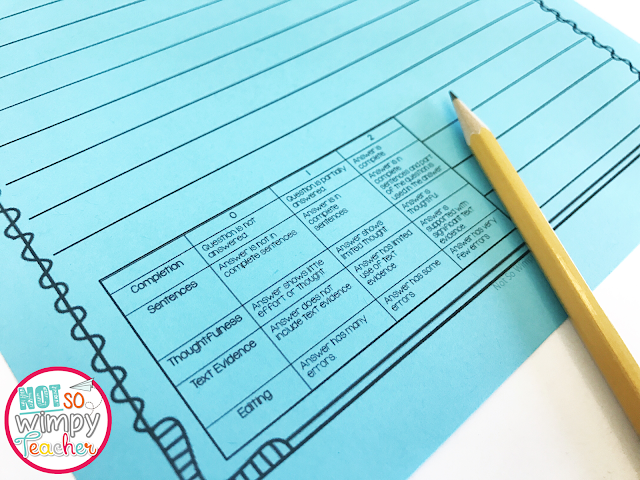

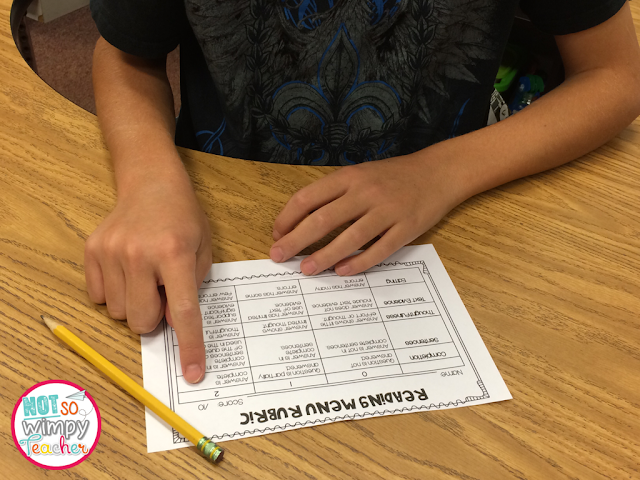
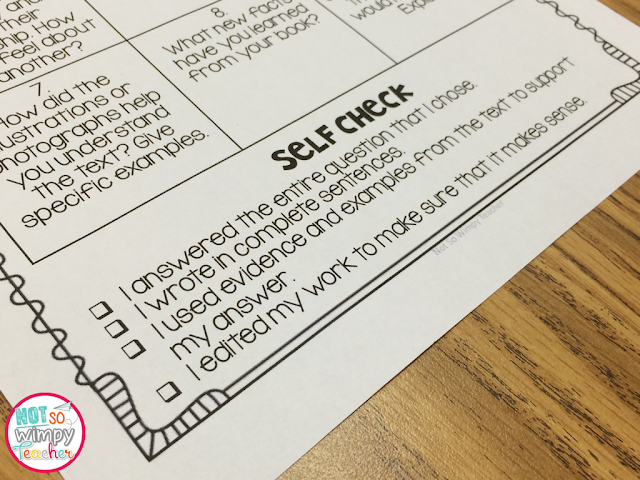

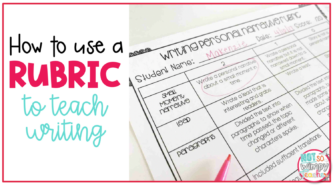
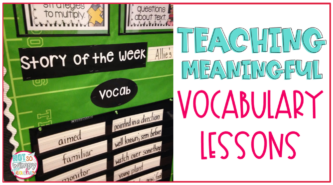
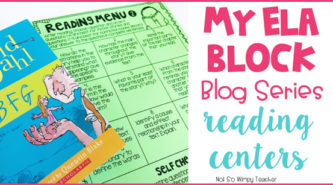











 End of Year Carnival Week for grades 2-5!
End of Year Carnival Week for grades 2-5!
Great post! I also cry when I see many of my students' writing. You have shared some great ideas. This year I am departmentalized, but I would like to try your suggestions to try to incorporate writing in math and science. Thanks for the great ideas!
Jamie, you are a wealth of knowledge. Thank you for sharing your talent with us. It has made my job so much easier. I have been enjoying your products. Keep up the great work.
Me encanta todo el material…muy interesante y lúdico para trabajar con mis alumnos . Gracias !!!
Thank you so much for your thoughtful and informative posts! I am moving back to third grade next year (after 2 years in K) and I am looking forward to improving in the areas that I fell short in, in my first year teaching! Do you happen to have any writing samples of what a great 3rd grade respond to text response would look like? Thank you so much for everything you do!
I’m sorry, I do not have 3rd grade exemplar texts. I suggest talking to some of your colleagues for samples of 3rd grade writing. If you keep up with the tips shared in this post, you will see growth as your year progresses.
When doing the Respond to text activity, are the students using books form book club/reading groups or a separate book?
Thanks!
Students usually used a different book during the Respond to Text/Independent reading time. This allowed everyone in the book club to be in the same place when we met.
I tried to print your response to reading goal sheet by clicking the link you provided, but it wouldn’t let me print it. Any suggestions?
Hi Candy,
I’m sorry you’re having trouble printing the reading goal sheet. I sent you an email with some suggestions.
Me too, it opens but the print icon is not lit up so that I can click on it to print. It seems locked
Hi! We are looking into why that won’t print. I’m sorry for the inconvenience.
Thank you so much for sharing your ideas. I have taken notes of these and want to implement them in my classroom this upcoming year.
Hi Marissa,
I’m glad the blog post was helpful!
Thank you for the information. Do you have a step by step guide of how you teach this at the beginning of the year? Also, if I need to meet with students to do a small group lesson on this or reteach something, when would I do this? On Fridays?
Hi Angela,
At the beginning of the year, you want to do a lot of modeling. Show this skill several times in whole group, then several times in small group until you feel students can try it on their own. I recommend pulling students during writing time, bell work, or another independent work time to quickly review their responses.
Hello and thank you for your wealth of knowledge. I have a question: If students go to Respond to Reading first during rotations, how do they have enough time to read and respond? Do they write based on a book they have already read? Thank you.
Great question, Monica! Students respond to the book they are already reading during read to self time. You can find more information in this post: https://notsowimpyteacher.com/2017/08/my-ela-block-reading-centers.html
Hi, I am enjoying reading you blogs and watching your informational videos. For the reading menus, would this be as a follow up for the book picked for read to self center time…..or would this be for a different book they pick to read during the menu time? Thank you!
Hi Jennifer,
I’m glad you are enjoying reading the blog posts. I used the menu for books students read during independent reading time. The menu is flexible enough to be used in many different ways if you have another idea for how you can use it in your classroom.